A major breakthrough has just been made. Answers as to why bumblebee populations have been declining in the past two decades might now be solved.
In the past 20 years, more than 90% of bumblebees worldwide have died out, causing a massive ripple effect throughout agriculture and nature.
Environment America Onto the Reason

There are a number of factors that have contributed to the endemic decline of bees around the globe.
Environment America, a network made up of more than 30 state environmental protection groups, have pinpointed problems with pesticides, urban development, and crushing changes due to climate change.
The Importance of Bees on the Environment
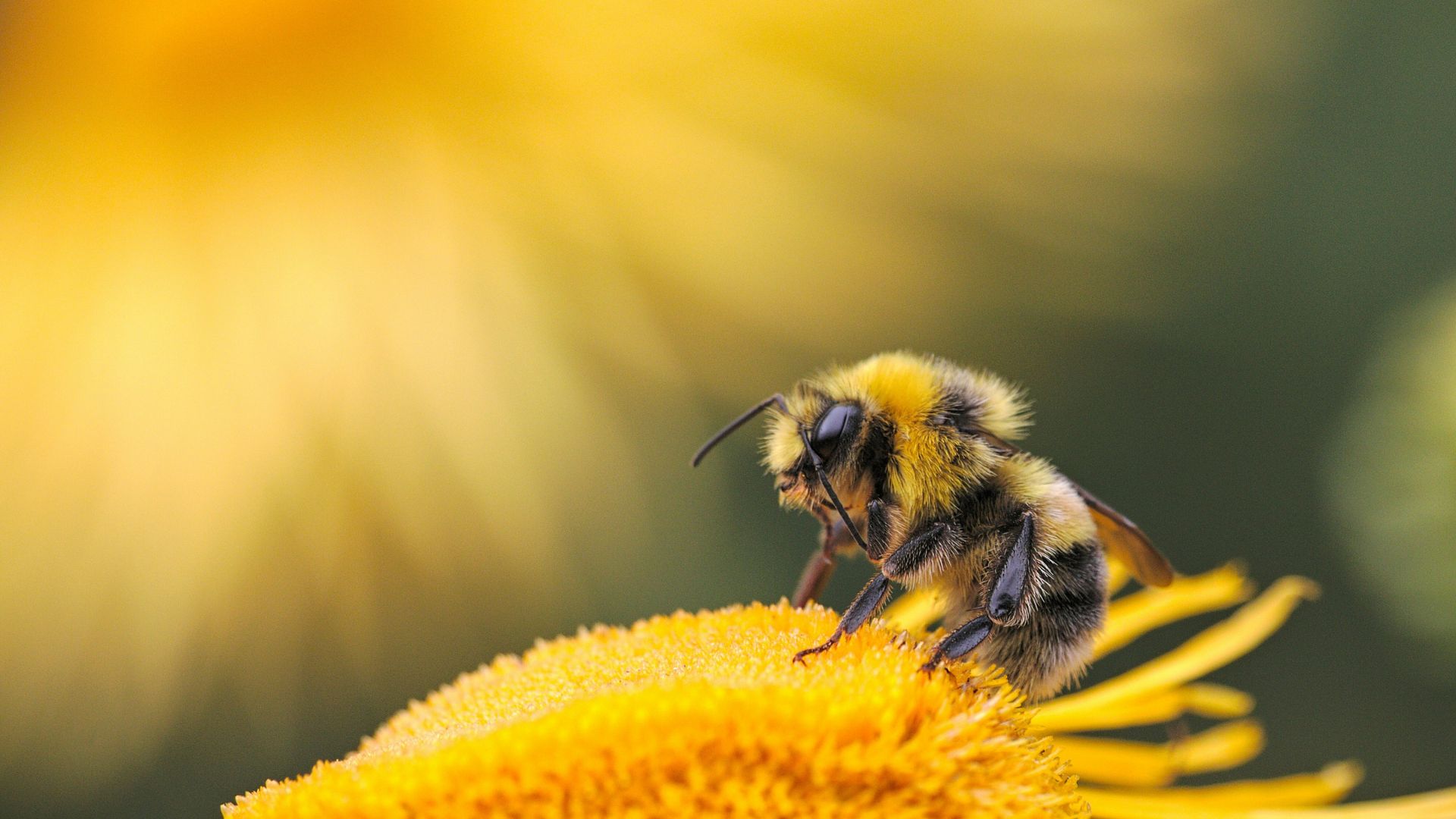
Although bees and bugs during summer might seem like a hindrance, bees are integral to the ecology of Earth.
Without bees, no plants could be pollinated and, therefore, no fruit, vegetables, trees, or bushes could grow.
Bees Play a Significant Role in Pollination

In the United Kingdom, bees pollinate a plethora of arable crops, including kale, apples, parsnips, fennel, carrots and broccoli.
Without the little stripped friends, estimations suggest it could cost UK farmers a staggering $2.25 million just to manually pollinate their crops, according to Woodland Trust.
Bees Do More Than Most People Give Them Credit For

Bees are also responsible for pollinating wildflowers and trees, which in turn provide a diverse ecosystem for other insects. These insects, in turn, support mammals, birds, and the entire food chain.
However, over the past several decades, it has become increasingly apparent to researchers that the bees are dying out, and now scientists think they know why.
Recent Study With Big Impacts
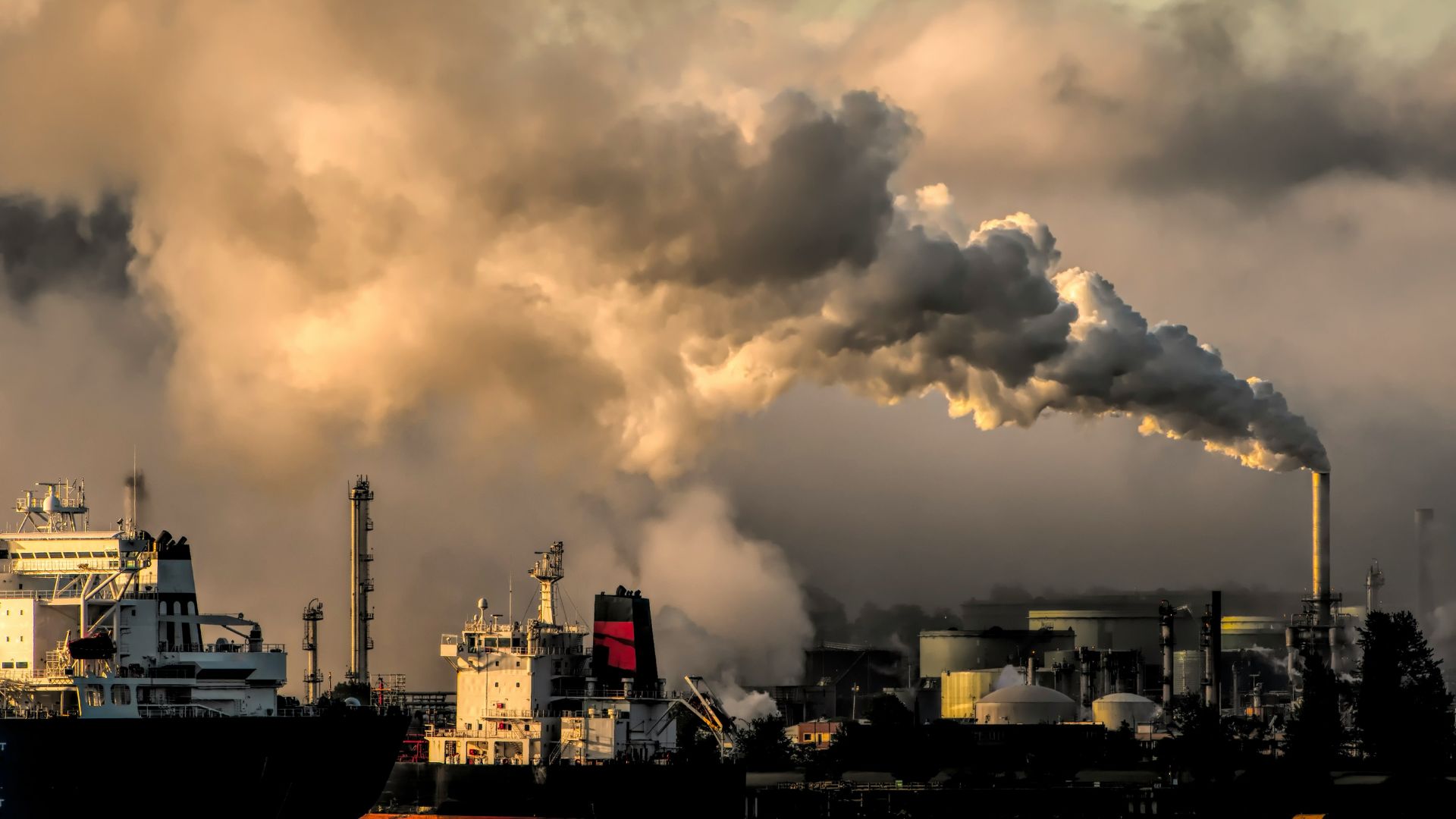
A new story titled Frontiers in Bee Science has uncovered the true extent that rising heat caused by global warming has had on the helpful little creatures.
The scientists who took part in the study say that the rising temperatures around the globe are the reason for the massive decline in bee numbers.
Researchers at the University of Guelph Making a Difference
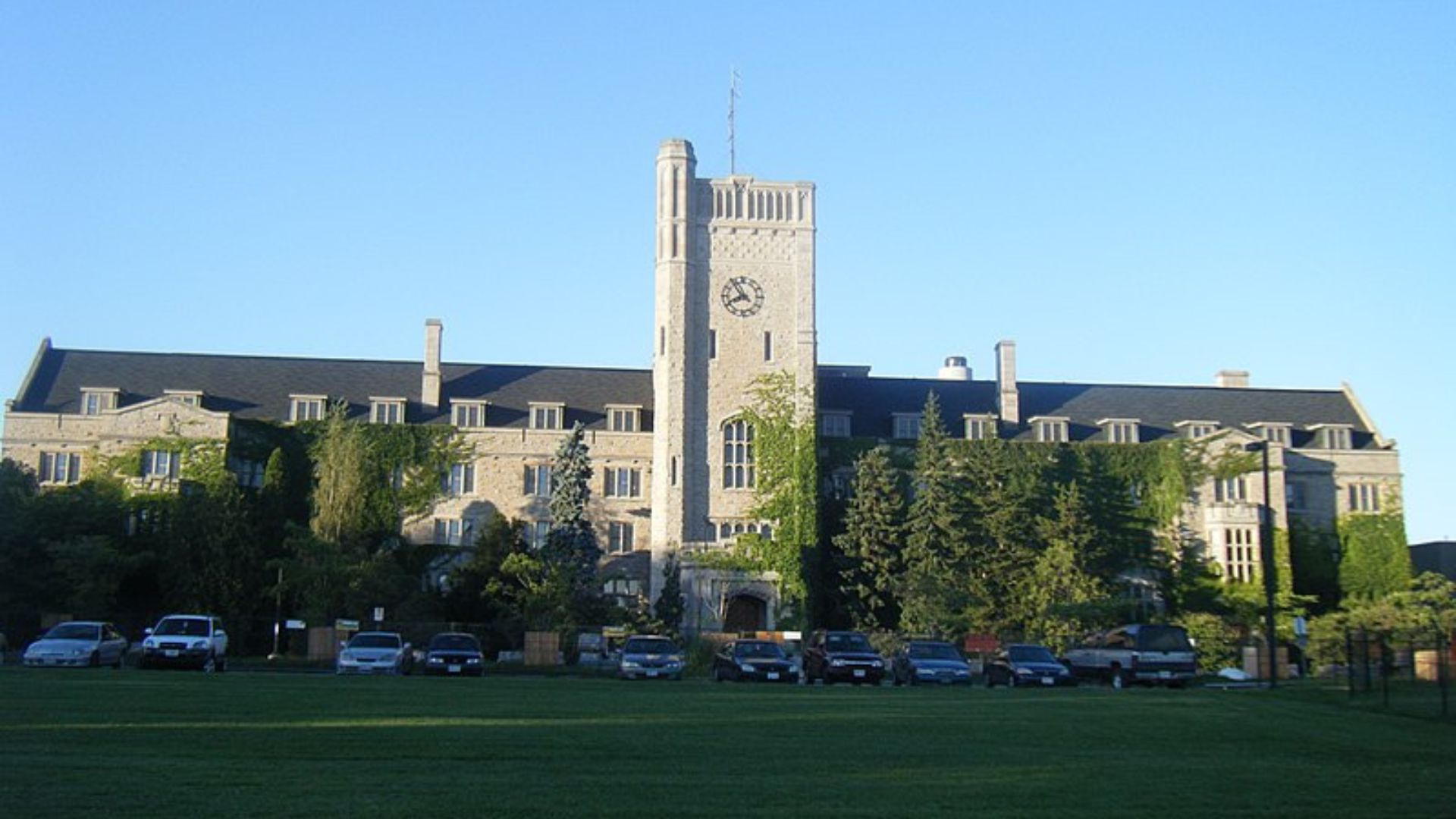
The study took place at the University of Guelph in Ontario, Canada and released credible evidence to suggest the rising temperatures were to blame for the disappearance of bees.
Lead researcher Peter Kevan, says that “The decline in populations and ranges of several species of bumblebees may be explained by issues og overheating of the nests and the brood.”
Heat Too Strong For Bees

In other words, bee larvae and adolescents cannot survive the elevated heat in many places during the summer while they are in their infancy stages.
The issue with rising heat causes the bumblebee brood to lose a large amount of larvae in the spring and summer.
Similar Trends Across the Globe
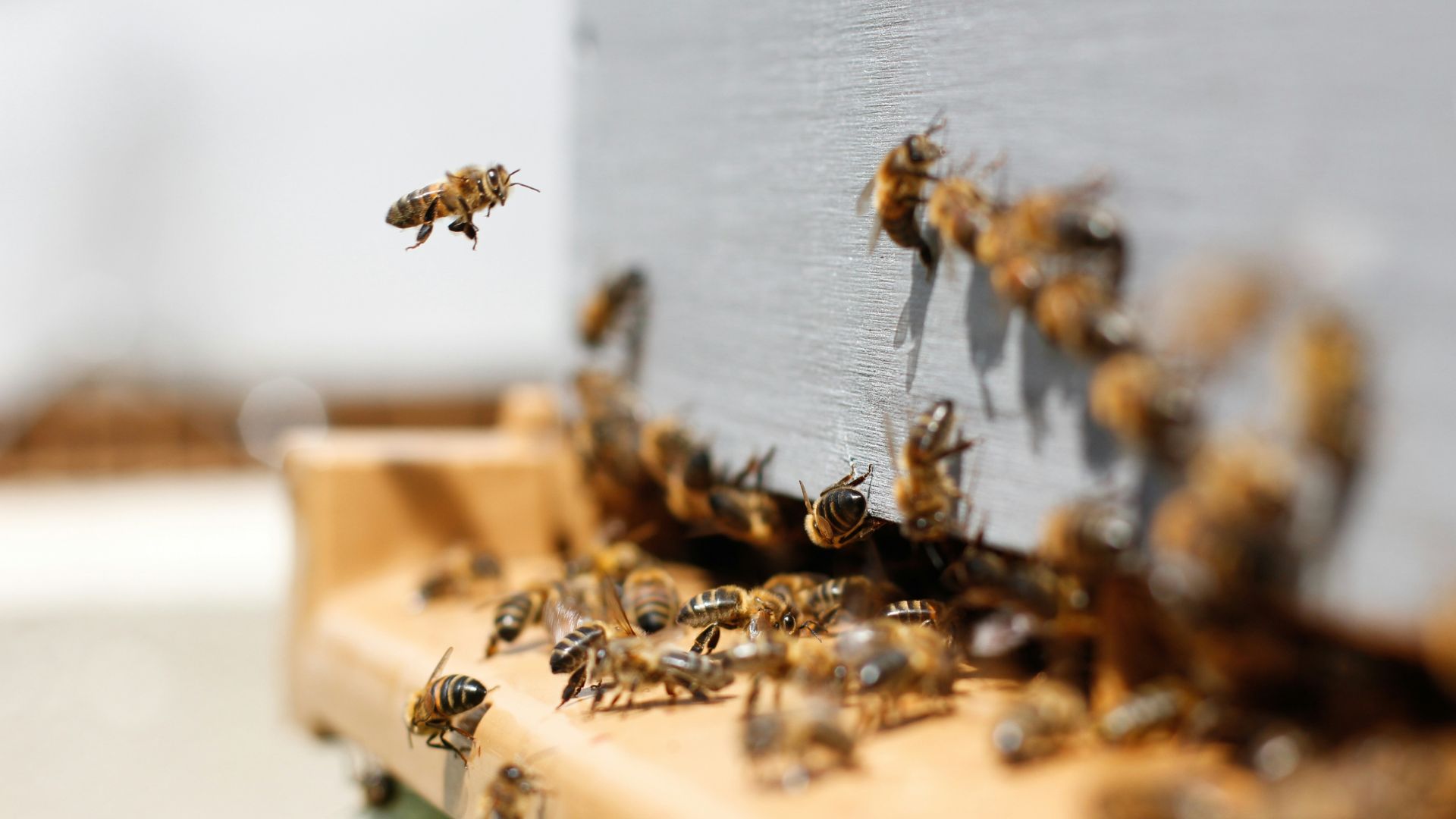
In most places in North America, summers can rise well above 90 degrees Fahrenheit, which is proven to be lethal to bees.
Although the researchers began their investigation in bee populations around North America, they found startling similarities across the world.
Rising Temperatures Killing Bees Around the World
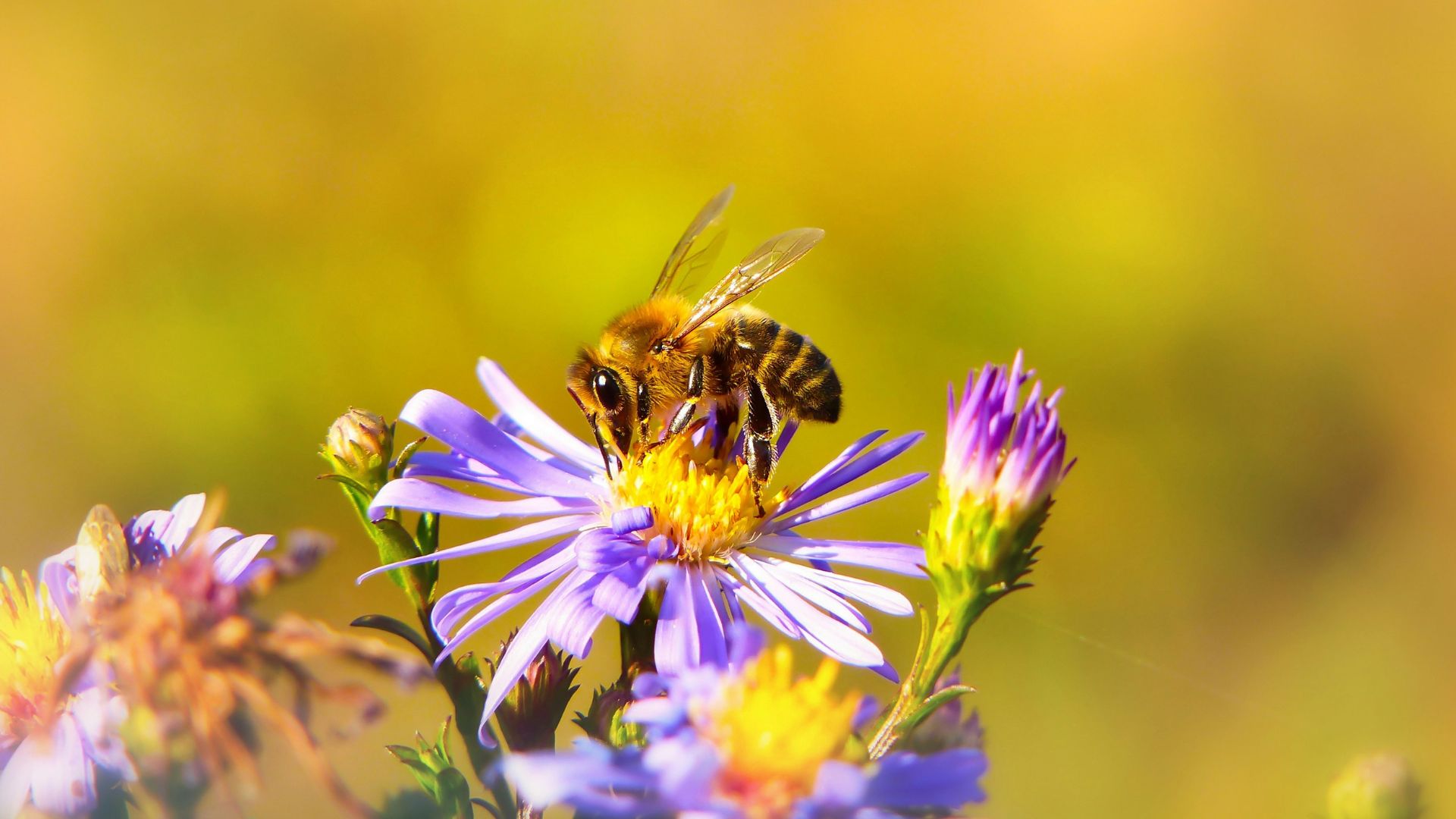
In almost all continents, Kevan and his team found that bees were dying during the larvae and infancy stages due to rising temperatures.
Researchers are now worried that the temperature of the earth may reach a certain threshold that will ultimately inhibit bees from living in a particular region.
Troubling Factors Identified

To investigate the issue, the team reviewed 180 years of studies and literature on friendly bugs in an attempt to better understand how bees adapt to certain temperatures.
In their studies, the researchers discovered that, in some instances, bees resemble humans as they thrive under certain temperature thresholds.
The Perfect Temperatures For Bees
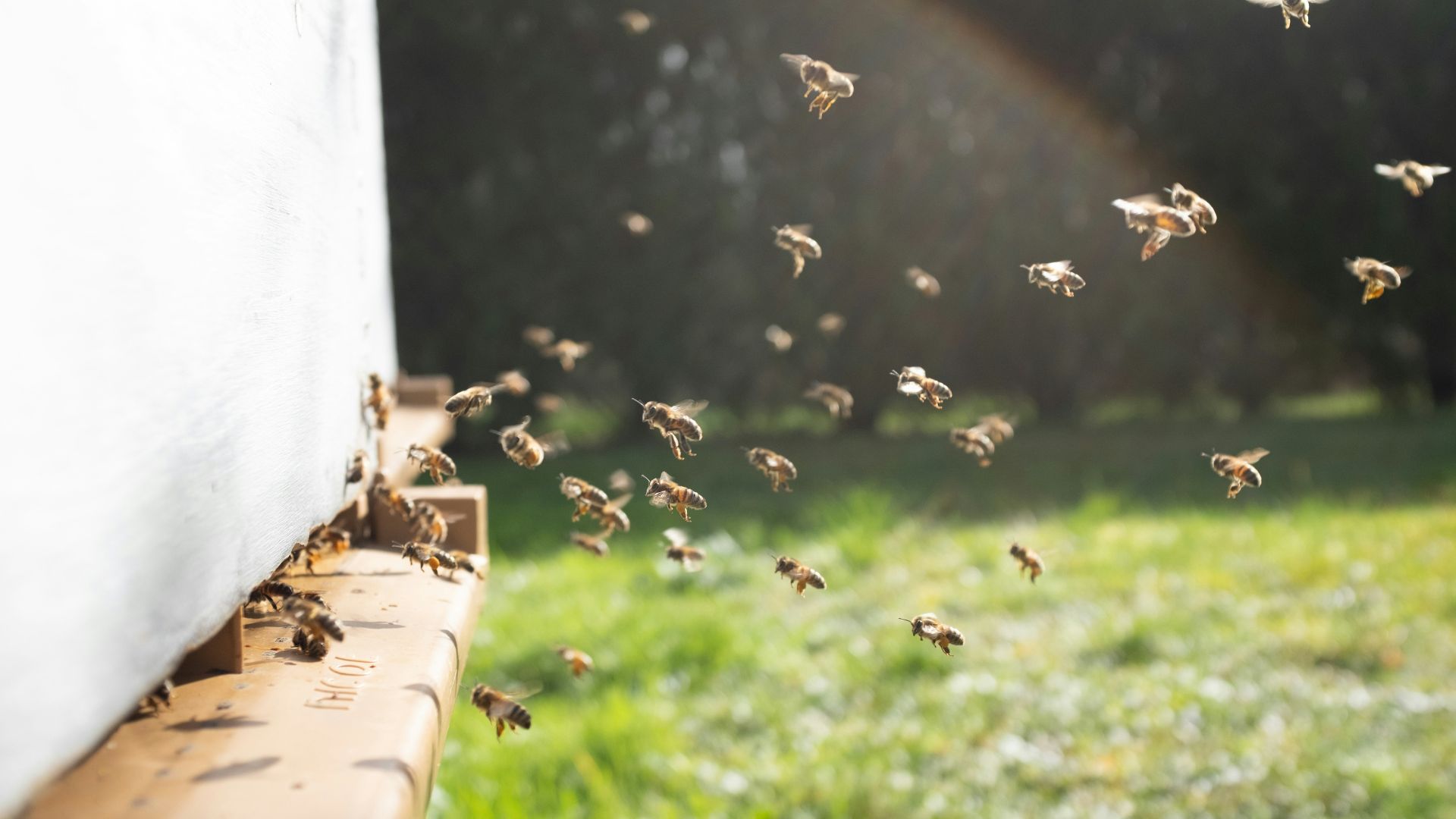
What Professor Kevan and his team discovered was that bees can survive in temperatures up to 96.8 Fahrenheit or 36 degrees Celsius.
However, the ideal temperature is just below 90 at 89.6 Fahrenheit, which equates to around 30 and 32 Celsius, depending on the particular kind of species.
Bees Can’t Thermoregulate With the Rising Temps
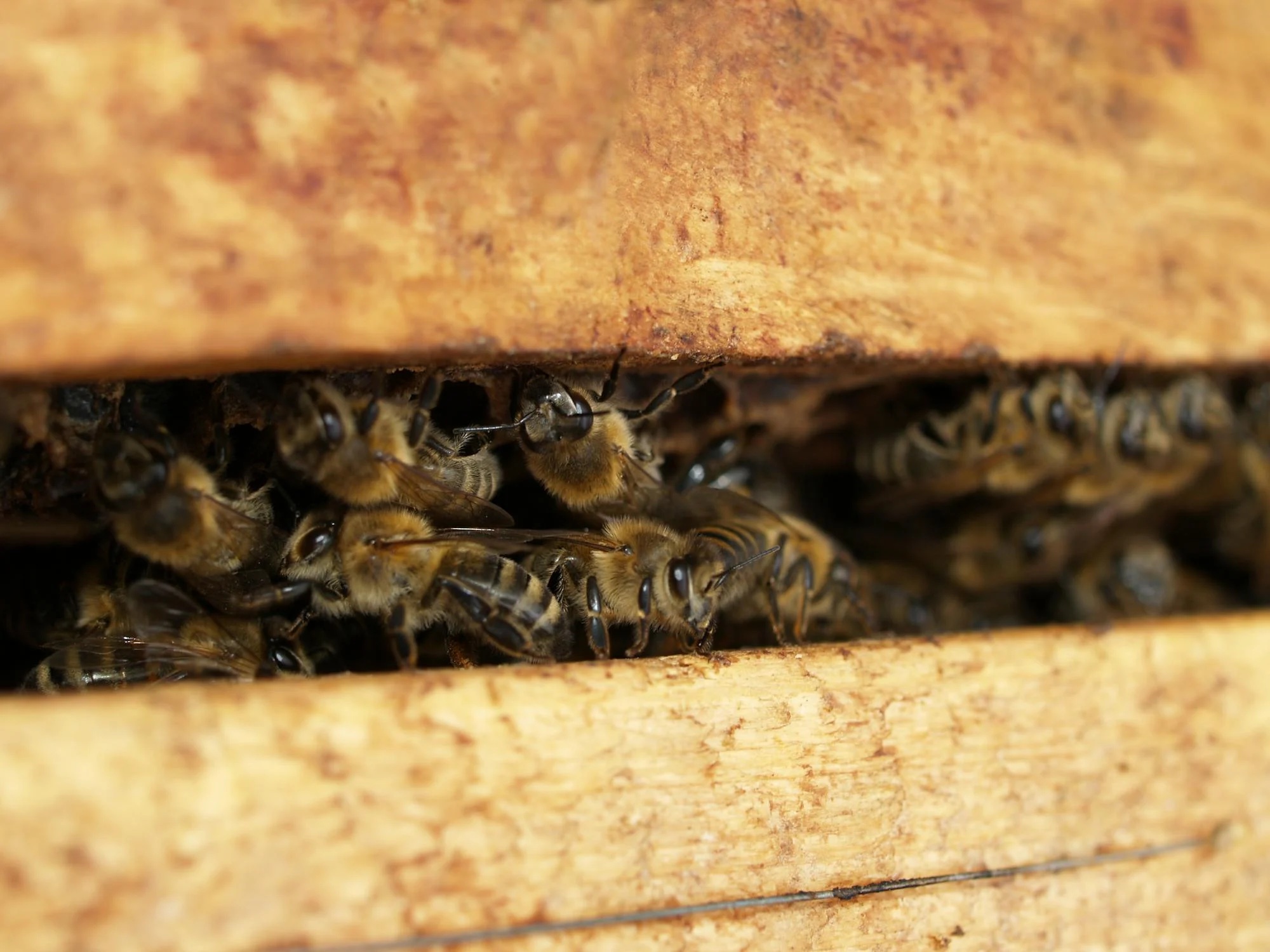
Although bees do have the ability to regulate their body temperature as heat rises, such as in the way that humans sweat and dogs pant, they cannot be helped above a certain level.
When a colony or nest becomes too hot, the larvae and younger bees cannot thrive. Also, bees of full maturity have been known to succumb to heat stroke inside of a hive.
Bees Will Die Above 96 degrees Fahrenheit.

After carefully analyzing all of the data they had looked over, Kevan and his team determined the highest temperature at which the bees could live.
“We can surmise that nest temperatures above the mid-30s Celsius would likely be highly detrimental and that above about 35 Celsius, death would occur, probably quite quickly,” Kevan said.
Bumblebees Rely on Collective Survival
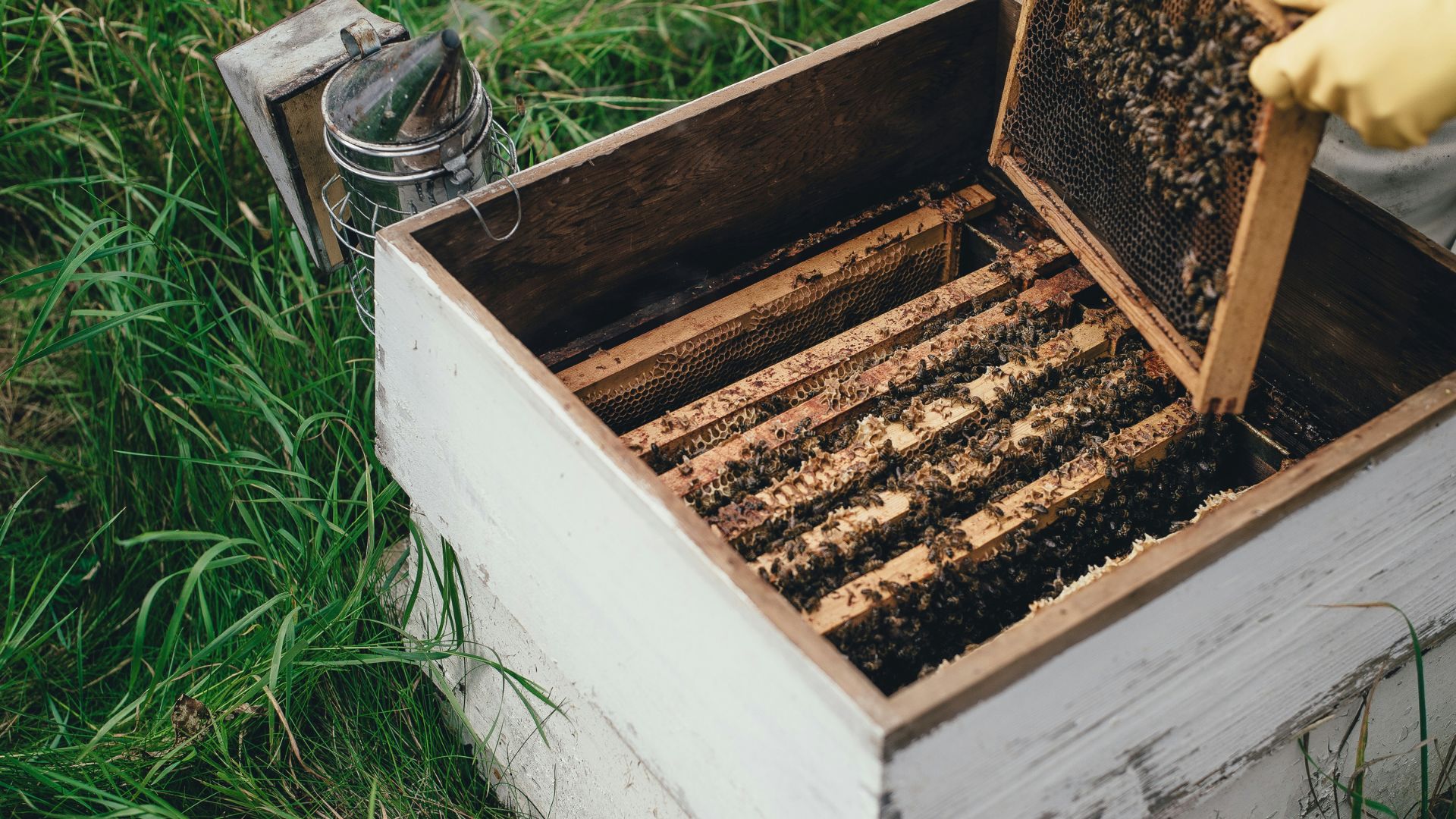
Just like other bugs that live in nests, bees rely on the collective health of their hive to survive.
They exist with an extremely delicate ecosystem. When one aspect of their environment changes, they might not be able to adapt and overcome it. This is the main reason why full hives are dying out.
Similar Studies on Honeybees
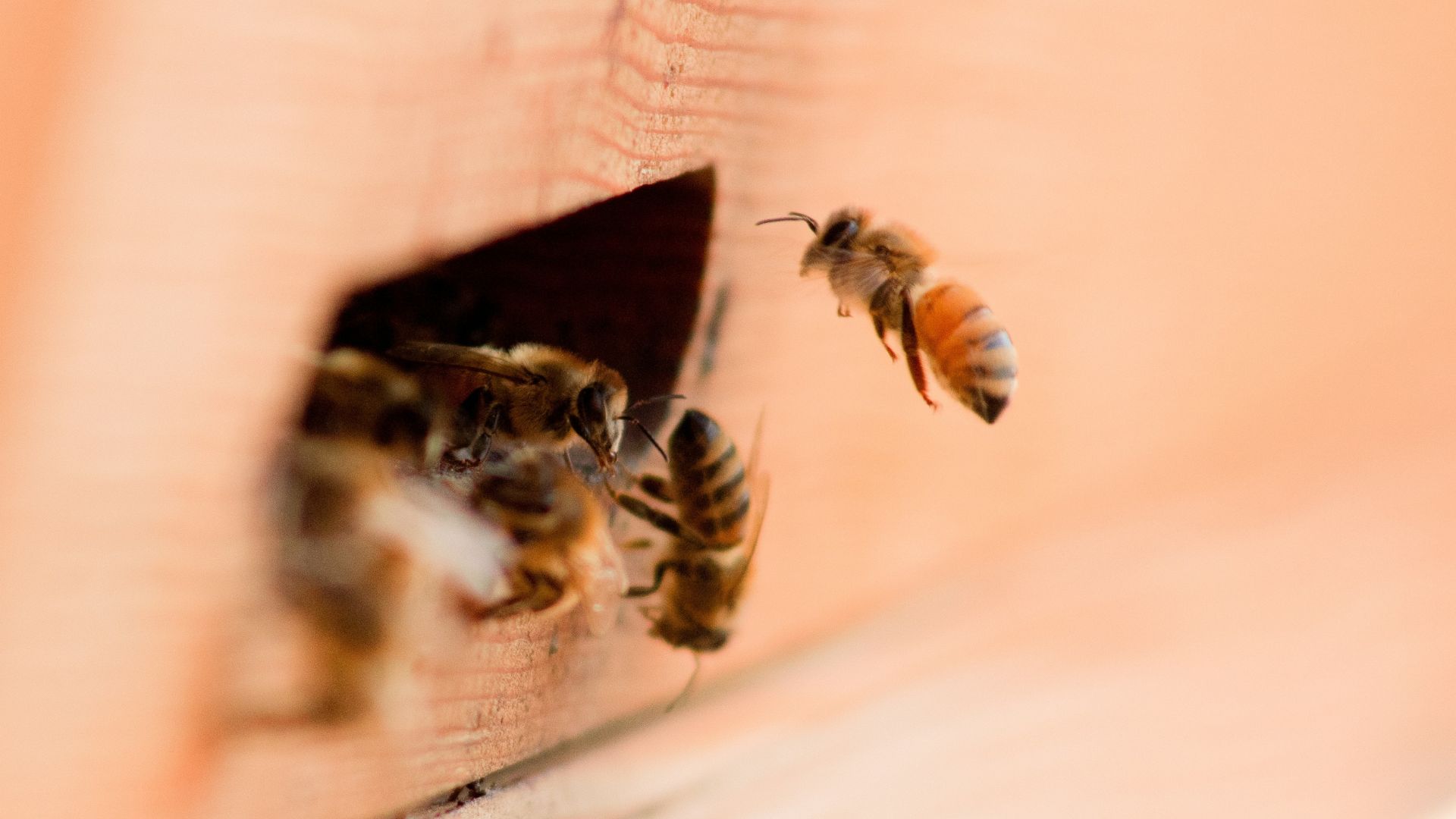
During their research, Kevan and his team discovered a similar temperature threshold on honeybees.
Another essential species to the survival of many crops, the honeybee cannot survive in temperatures that regularly hit above 35 degrees celsius.
More Research Still Needed
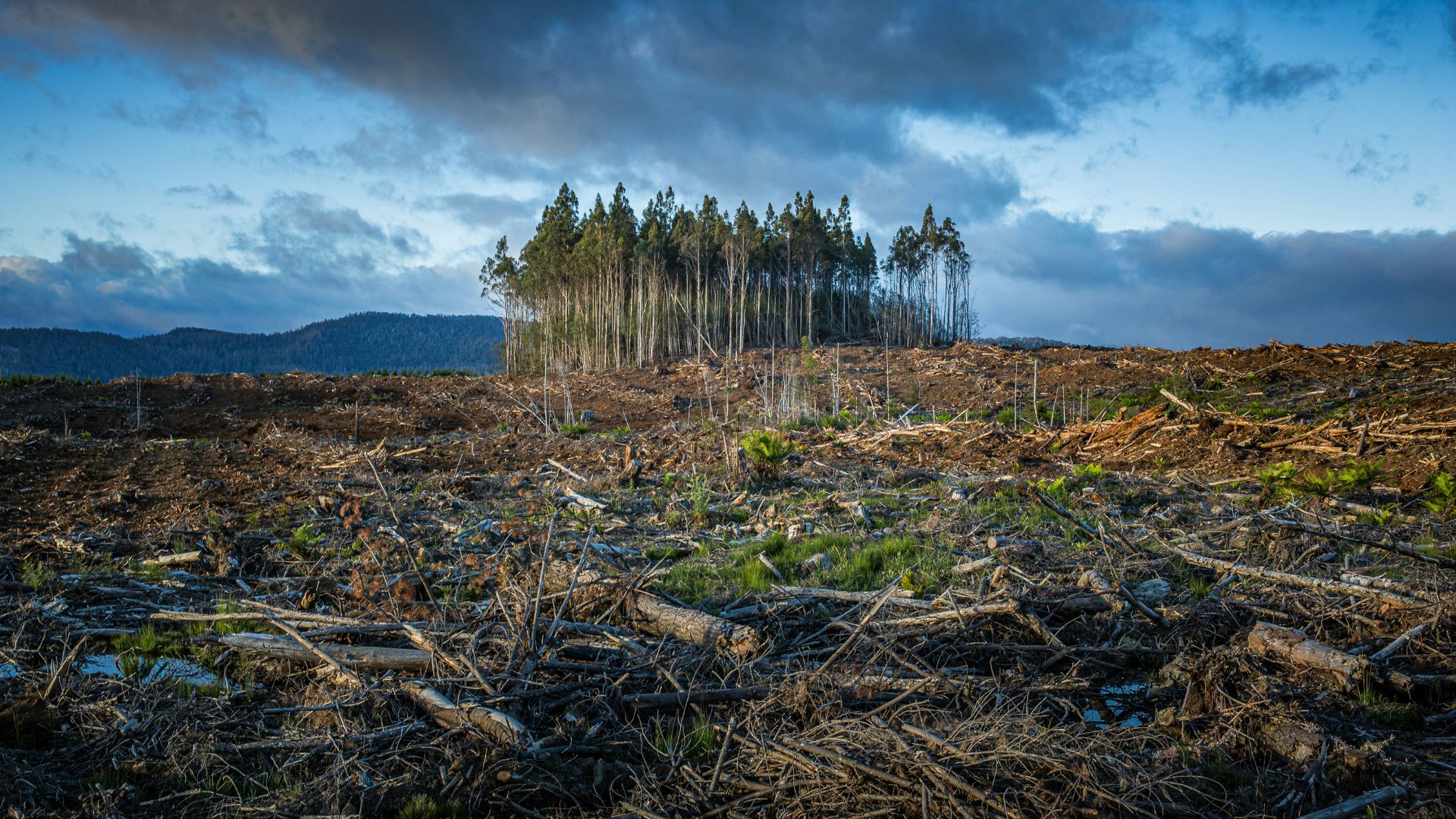
With many aspects of the fight to curb climate change, more research is still needed on this topic.
Kevan plans to inspire future scientists to study similar issues around the globe to come to a concrete resolution.
Global Temperatures Continue to Rise
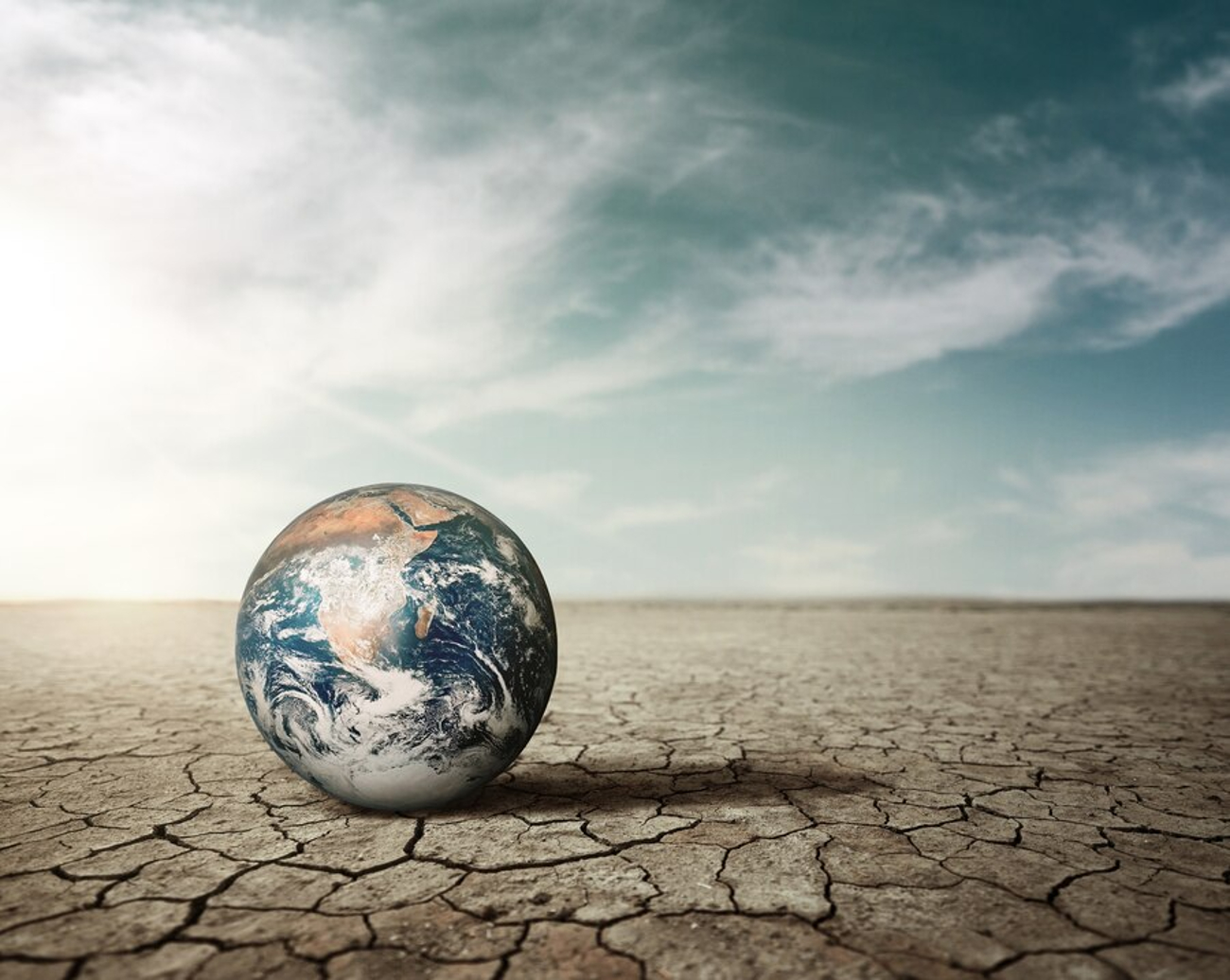
It appears the bees will continue to face tough periods of warmer climates around the world. Last year was the hottest ever recorded, and this year, we have seen further heat waves.
Some experts surmise that the bee’s situation may worsen as countries around the world continue to burn fossil fuels, which unfortunately trap heat from the sun, further increasing temperatures.
Hotter Temperatures Directly Affect Animals

Speaking on the rising temperatures around the world, Kevan says these unfortunately have a negative affect on most animals and plants.
“Excessively high temperatures are more harmful to most animals and plants than cool temperatures,” said the researcher.
Metabolic Processes Break Down and Cease Leading to Death

Kevan went on to explain that during periods of extreme heat, animals’ and insects’ metabolic systems begin to fail, which unfortunately leads to death.
“When conditions are cool, organisms that do not metabolically regulate their body temperatures simply slow down, but when temperatures get too high, metabolic processes start to break down and cease. Death ensues quickly,” he said.
Superorganisms
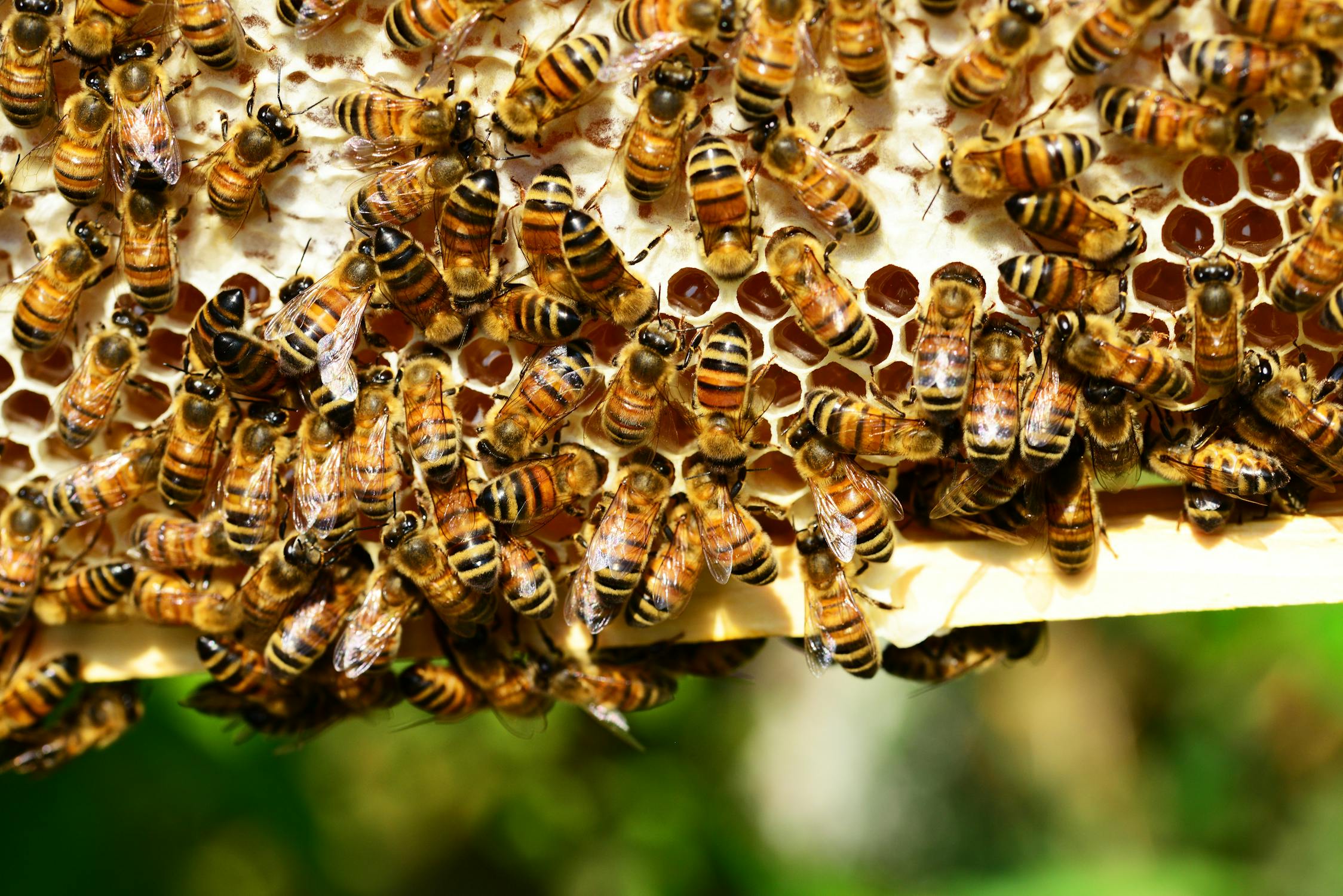
The study shared in Frontiers in Bee Science explained that bees live in colonies and are best described as “superorganisms” as their overall survival is a collective effort.
So, even if a small number of bees are able to withstand the warmer temperatures, the ones who cannot pose a significant threat to the future of the colony.
Rising Global Temperature is a Major Issue

The study’s final notes summarize the problems bees face in the future and outline that the rising global temperature is a major issue.
“Excessive heat is clearly a major issue for perhaps most species of bumblebees,” the study says, “and it is the factor considered in most detail for the effects of climatic warming.”
Other Reasons Behind the Dwindling Bee Populations

While rising temperatures worldwide are certainly one of the main reasons behind the dwindling bee populations, other factors have also played a significant role in their decline.
These include the loss of habitat, diseases, increased use of pesticides and the loss of wildflowers had all played a role in the premature deaths of many bees.
Going Forward

According to reports from the US Forest Service, approximately 250 individual species of bumblebees are found worldwide, including 49 species in the US.
The US Forest Service claims that two species have already gone extinct in recent years. This has led experts to question whether more should be done to ensure the safety of the remaining species of bees.








































